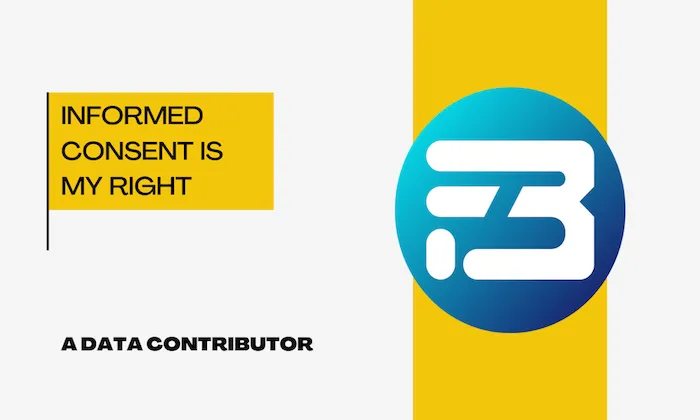What is voice activity detection (VAD)?
Voice Detection
VAD
Speech Recognition
Voice Activity Detection (VAD) is essential for identifying speech within audio streams, separating it from silence and background noise. It improves the performance of voice-enabled systems by focusing processing resources only on meaningful audio segments. FutureBeeAI supports VAD development with multilingual, high-quality datasets and tools for scalable training.
What Is VAD and Why It Matters
VAD identifies when human speech occurs in an audio signal. By isolating spoken content, it optimizes system efficiency and accuracy for applications such as voice assistants, customer support bots, and telecommunications.
Why VAD Is Critical in Modern Applications
- Resource efficiency: Filters out silence and background noise to reduce computational load
- Recognition accuracy: Isolates speech, improving transcription and command recognition
- Real-time performance: Enables faster voice interaction in devices like smart assistants
VAD Algorithms in Action
1. Energy-Based Detection
Uses energy thresholds to detect active speech regions
2. Model-Based Methods
Applies statistical models like HMMs to distinguish speech from noise
3. Deep Learning Approaches
Employs neural networks trained on labeled audio for robust detection under varied conditions
Where VAD Makes the Difference
- Voice assistants: Activates systems only during speech for efficient interaction
- Telecommunications: In VoIP, VAD conserves bandwidth and improves call clarity
- Audio enhancement: Assists in noise suppression and speech clarity in media applications
Case Snapshot
A global VoIP provider reduced bandwidth usage by 15-18% after integrating FutureBeeAI’s VAD training data into its edge model pipeline.
Key Challenges and Solutions
- Noise variability: Diverse environments can reduce detection accuracy. FutureBeeAI’s speech datasets are designed to reflect real-world conditions.
- Latency trade-offs: Models must be optimized for both speed and accuracy
- Accent diversity: Incorporating multilingual training data improves model generalization
How VAD Performance Is Measured
- False positive and negative rates
- False Negative Rate (FNR): Misses actual speech
- Precision, recall, and F1-score
- Detection Error Trade-off (DET) curves for visualization of accuracy trade-offs
Enhancing VAD with FutureBeeAI
Our VAD training solutions include:
- Off-the-shelf and custom data collection options
- Coverage in over 100 languages, including regional accents
- WAV format audio at 16 kHz, 16-bit, mono
- Speaker metadata: Age, gender, accent, device, and noise conditions
- YUGO platform: Structured QA, guided tasks, and secure dataset delivery
Related Resources
Explore our Wake Word & Voice Command Dataset Overview to build end-to-end voice AI systems.
Get Started
Improve your VAD performance with FutureBeeAI’s high-quality datasets, tailored data pipelines, and multilingual coverage.
Whether you're enhancing voice UI in wearables, optimizing VoIP traffic, or building low-latency ASR systems, FutureBeeAI provides:
- Data collection and annotation tailored for VAD
- Scalable delivery in 2 to 3 weeks
- Custom language, environment, or noise coverage on request
Contact us to explore dataset previews or start your next VAD project.
FAQs
Q.How is VAD different from ASR?
A.VAD detects when speech happens; ASR transcribes the content of that speech.
Q.Can VAD work in multiple languages?
A.Yes. With multilingual training datasets like those from FutureBeeAI, VAD models can generalize across language and accent variations.
Q.What’s the ideal latency for VAD in real-time apps?
A.Under 150 milliseconds is ideal for assistants and telecom. This can vary by use case and device constraints.
What Else Do People Ask?
Related AI Articles
Browse Matching Datasets
Acquiring high-quality AI datasets has never been easier!!!
Get in touch with our AI data expert now!








